Bijan Davvaz
Department of Mathematics, Yazd University, Yazd, Iran
ISBN 978-981-15-9568-4 e-ISBN 978-981-15-9569-1
https://doi.org/10.1007/978-981-15-9569-1
The Editor(s) (if applicable) and The Author(s), under exclusive license to Springer Nature Singapore Pte Ltd. 2020
This work is subject to copyright. All rights are solely and exclusively licensed by the Publisher, whether the whole or part of the material is concerned, specifically the rights of translation, reprinting, reuse of illustrations, recitation, broadcasting, reproduction on microfilms or in any other physical way, and transmission or information storage and retrieval, electronic adaptation, computer software, or by similar or dissimilar methodology now known or hereafter developed.
The use of general descriptive names, registered names, trademarks, service marks, etc. in this publication does not imply, even in the absence of a specific statement, that such names are exempt from the relevant protective laws and regulations and therefore free for general use.
The publisher, the authors and the editors are safe to assume that the advice and information in this book are believed to be true and accurate at the date of publication. Neither the publisher nor the authors or the editors give a warranty, expressed or implied, with respect to the material contained herein or for any errors or omissions that may have been made. The publisher remains neutral with regard to jurisdictional claims in published maps and institutional affiliations.
This Springer imprint is published by the registered company Springer Nature Singapore Pte Ltd.
The registered company address is: 152 Beach Road, #21-01/04 Gateway East, Singapore 189721, Singapore
Preface
This book is a result of the experience of teaching general mathematics (calculus) from 1990 to the present time at Yazd University, Iran. I had the idea of writing this book from many years ago but began working on it seriously about three years ago. The book is intended to serve as a textbook of calculus exercises with solutions for calculus courses that are usually taken by first-year students. Indeed, it can be used by all students of mathematics, statistics, computer science, engineering and basic sciences. A total of 501 problems have been selected from 20,000 problems in different books. In choosing problems, three major criteria have been considered, to be challenging, interesting and educational. Therefore, most issues have technical and educational aspects. Over the years, while teaching general mathematics, I have encountered many challenging exercises which have been solved with much time. Most of these exercises have been collected over the last thirty years from different references. Although references that have been used are listed at the end of the book, I do not know the sources and the main creators of most exercises and problems. Therefore, it is my duty to thank everyone who has designed these issues for the first time. The book is based on problems andregardless of the assumption that readers have prior knowledge of classical contents from other textbooksthe beginning of each chapter includes necessary definitions, concepts and theorems. Moreover, as the reader will soon see, there are many exercises at the end of each chapter. They are divided into two categories: easier and harder. The purpose of these exercises is to allow students to test their assimilation of the material, challenge their mathematical ingenuity, and be a means of developing mathematical insight, intuition and techniques.
The book is composed of seven chapters. Chapter , we investigate how to compute the area, length of a curve, volume of a solid and area of a surface of revolution. Problems related to sequences and series are presented in the last chapter. A study of this chapter should give the reader a thorough understanding of miscellaneous methods about convergence of sequences and series.
Finally, I hope readers enjoy this book and find this issue informative and helpful.
Bijan Davvaz
Yazd, Iran
About the Author
Bijan Davvaz
is Professor at the Department of Mathematics, Yazd University, Iran. He earned his Ph.D. in Mathematics with a thesis entitled Topics in Algebraic Hyperstructures from Tarbiat Modarres University, Iran, and completed his M.Sc. in Mathematics from the University of Tehran. Apart from his role of a Professor, he also has served as Head of the Department of Mathematics (19982002), Chairman of the Faculty of Science (20042006) and Vice-President for Research (20062008) at Yazd University, Iran. His areas of interest include algebra, algebraic hyperstructures, rough sets and fuzzy logic. A member of editorial boards for 25 mathematical journals, Prof. Davvaz has authored 5 books and over 550 research papers, especially on algebra, fuzzy logic, algebraic hyperstructures and their applications.
The Author(s), under exclusive license to Springer Nature Singapore Pte Ltd. 2020
B. Davvaz Examples and Problems in Advanced Calculus: Real-Valued Functions https://doi.org/10.1007/978-981-15-9569-1_1
1. Sets, Numbers and Functions
Bijan Davvaz
(1)
Department of Mathematics, Yazd University, Yazd, Iran
1.1 Basic Concepts and Theorems
Sets and Set Operations
If S is a set (whose elements may be numbers or any other objects) and x is an element of S, then we write  . If it so happens that x is not an element of S, then we write
. If it so happens that x is not an element of S, then we write  . For a property p and an element x of a set S, we write p(x) to indicate that x has the property p. A set may be defined by a property. The notation
. For a property p and an element x of a set S, we write p(x) to indicate that x has the property p. A set may be defined by a property. The notation  indicates that the set A consists of all elements x of S having the property p. We can consider the notion of subset and set operations (union, intersection, complement and difference) of sets as usual, together the fundamental rules governing these operations. Indeed, suppose that A and B are two sets.
indicates that the set A consists of all elements x of S having the property p. We can consider the notion of subset and set operations (union, intersection, complement and difference) of sets as usual, together the fundamental rules governing these operations. Indeed, suppose that A and B are two sets.
(1)
A is called a subset of B, and we write 

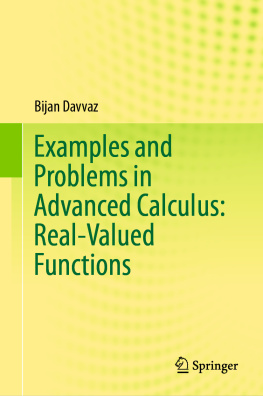
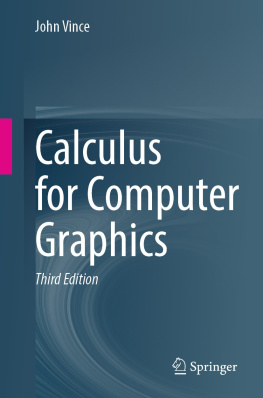

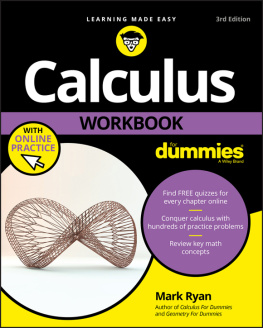
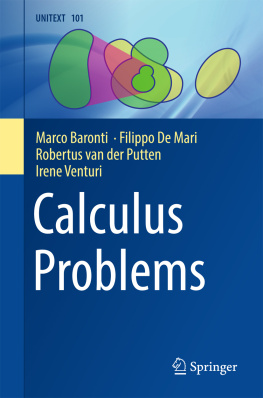
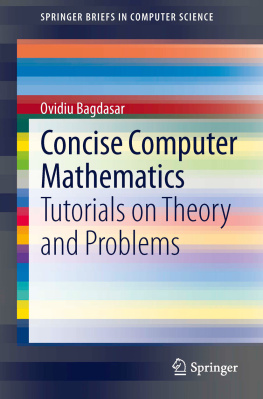
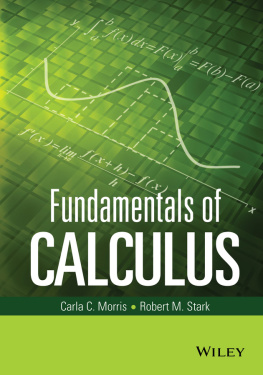
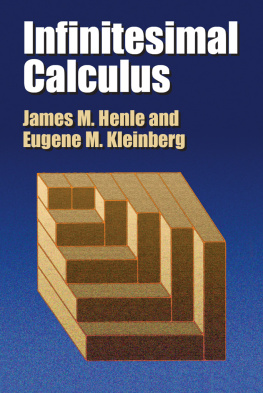

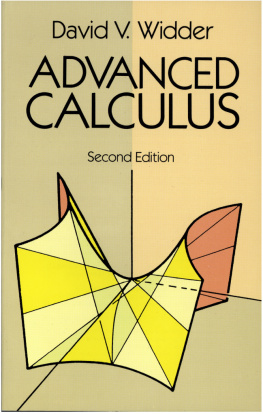
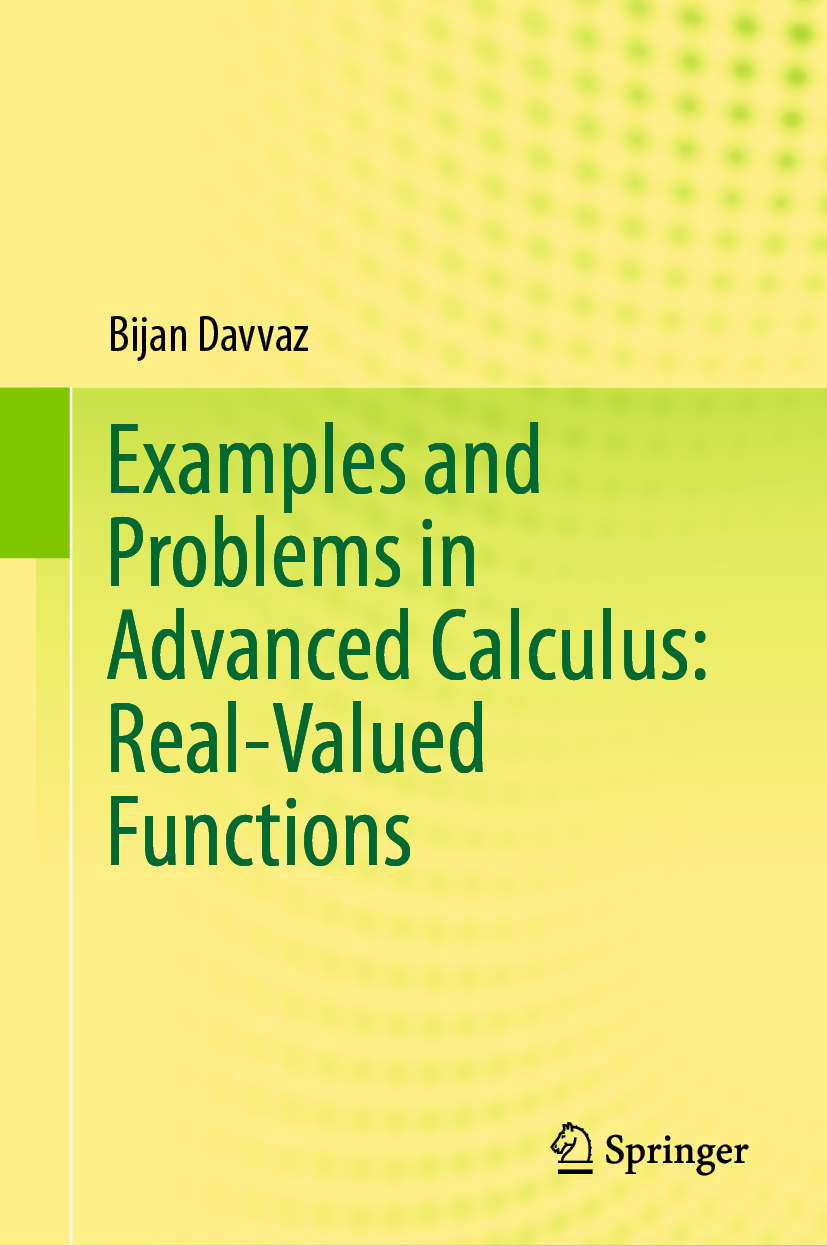

 . If it so happens that x is not an element of S, then we write
. If it so happens that x is not an element of S, then we write  . For a property p and an element x of a set S, we write p(x) to indicate that x has the property p. A set may be defined by a property. The notation
. For a property p and an element x of a set S, we write p(x) to indicate that x has the property p. A set may be defined by a property. The notation  indicates that the set A consists of all elements x of S having the property p. We can consider the notion of subset and set operations (union, intersection, complement and difference) of sets as usual, together the fundamental rules governing these operations. Indeed, suppose that A and B are two sets.
indicates that the set A consists of all elements x of S having the property p. We can consider the notion of subset and set operations (union, intersection, complement and difference) of sets as usual, together the fundamental rules governing these operations. Indeed, suppose that A and B are two sets.